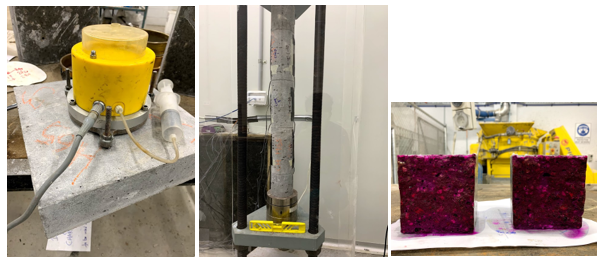Achieving sustainability has become one of the key aspects of the construction industry in recent years. Thus, developing green construction material has a key role to play especially to minimize the carbon footprint. Concrete is the most commonly used construction material with a rapidly increasing demand over the years. Unfortunately, the main compound of concrete, cement whose production process is one of the largest contributors towards the global CO2 emission. Through decades of extensive research, using alternative cementitious materials to replace cement in concrete was found to be an effective and efficient way of minimizing cement production, thereby reducing the CO2 emission. Among several materials including blast furnace slag, silica fume, hydrated lime etc., fly ash was one of the most viable alternatives because of its abundant availability. Thus, the development of High-volume fly ash (HVFA) concrete, in which more than 50% of cement was replaced with fly ash in concrete was introduced. The reason for the viability of HVFA concrete was not just the availability of fly ash, but it also showed improved workability/permeability, low drying shrinkage and improved durability properties against aggressive solution including sulphates/acids/chlorides. On the downside, HVFA concrete had lower early age strength properties because of the low reactivity of fly ash. Incorporating material additions such as hydrated lime, silica fume and nanomaterial including nano-silica/nano calcium carbonate was found to be effective in enhancing the early age properties of HVFA concrete.
RMIT University researchers are developed HVFA nano-composite upto 80% of Portland cement replacement. Long term performance of this novel concrete is currently being assessing through detailed laboratory experimental program. In addition, simulating hydration behaviour of HVFA binder is also investigating in collaboration with Hokkaido University, Japan. Viability of HVFA concrete in actual field applications will be investigated using scaled-up concrete elements for structural performance and durability.



